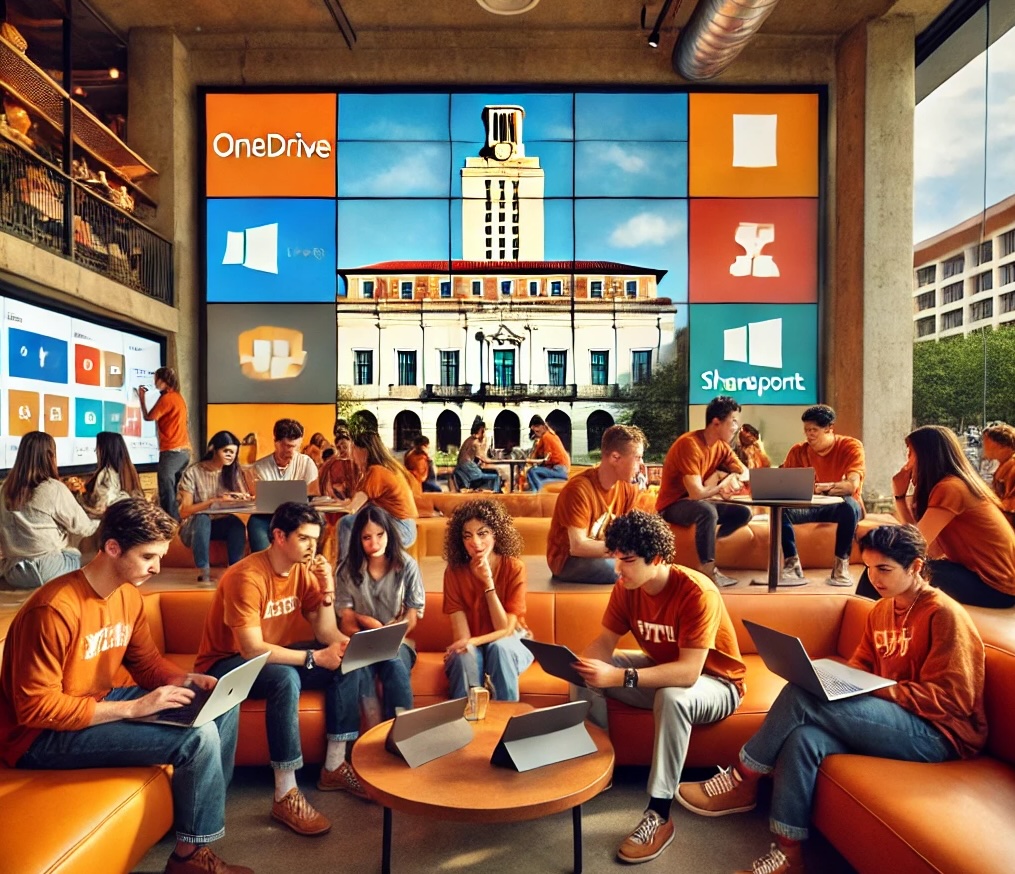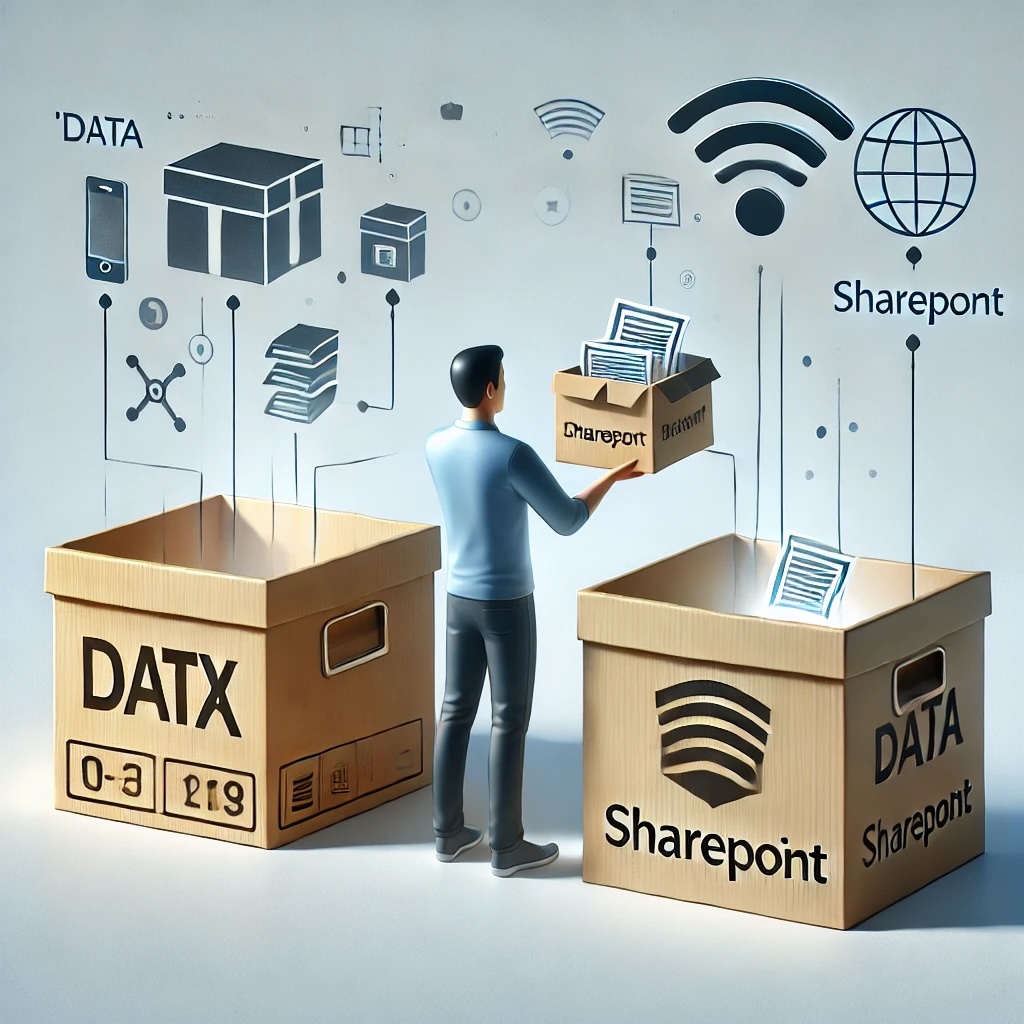Even in the middle of summer, I’m continually reminded of the energy that pulses through our campus. It’s an energy fueled by curiosity, by a relentless drive to learn, and by a community that believes deeply in the power of innovation. Over the past several months, that energy has found a new outlet through our Microsoft Copilot Initiative—a key pillar in our broader UT.AI strategy.
When we launched the Copilot Initiative, our goal was simple but ambitious: to transform the way we work, collaborate, and solve problems across UT Austin. By integrating Microsoft 365 Copilot tools into our workflows, we set out to empower our staff to reclaim time, enhance productivity, and build the digital fluency that will define the next era of higher education.
The results so far have been impressive, with more to come. More than 1,200 staff members have participated in workshops, webinars, and hands-on labs. One in three participants now reports saving 1–2 hours per day—time they’re reinvesting in creative, strategic work that moves our university forward. Over 90% of our colleagues rated these learning experiences as exceptional or above average. These numbers are impressive, but what excites me most are the stories behind them: staff using Copilot to draft emails, summarize complex documents, organize workflows, and transcribing meetings to more quickly arrive at impactful descion-making. We’re not just adopting new tools—we’re reimagining what’s possible.
Of course, transformation isn’t always easy. We’ve encountered challenges around license allocation, data governance, and the quirks of moving from Box to SharePoint. But these are exactly the kinds of problems that signal real change is underway. They push us to ask better questions, to iterate, and to build solutions together.
What stands out from our interviews and feedback is a hunger for more: more cohort-based learning, more job-specific scenarios, more opportunities to experiment and grow. This is the heart of what makes UT Austin special. We are, at our core, a community of perpetual learners.
Looking ahead, I’m excited for what’s next. Later this month, we’ll gather for our AI Summit Week to share use cases and deepen our engagement. We’re rolling out expanded webinars and train-the-trainer workshops, building the internal capacity we need for sustained, campus-wide adoption. And as we do, we’ll continue to listen, to adapt, and to celebrate the creativity and resilience of our staff.
The Copilot Initiative is just one part of our larger UT.AI vision—a vision where technology is not just a tool, but a catalyst for lifelong learning and a culture of innovation. My hope is that we keep pushing the boundaries, keep asking what’s possible, and keep learning together. Because at UT Austin, the future isn’t something we can wait for. It’s something we build, one experiment, one workshop, one bold idea at a time. Here’s to always learning.
Here is a little summary of what we are experiencing from our post training workshop feedback:
| Area | Key Findings |
|---|---|
| Training Reach | 1,200+ staff trained across UT Austin |
| Time Savings | 33% saved 1–2 hours/day; 56% saved 1–2 hours/week; 11% saved 1–2 hours/month |
| Satisfaction | 90%+ rated sessions as exceptional or above average |
| Productivity | Copilot used for drafting emails, summarizing documents, organizing workflows, project planning |
| Adoption | High demand for continued learning; strong interest in cohort-based and job-specific training |
| Challenges | License allocation, data governance, platform inconsistencies (Box vs. SharePoint) |
| Cultural Impact | Staff appreciated transparency and the university’s commitment to digital transformation |










